SUMMARY
This is AI generated summarization, which may have errors. For context, always refer to the full article.
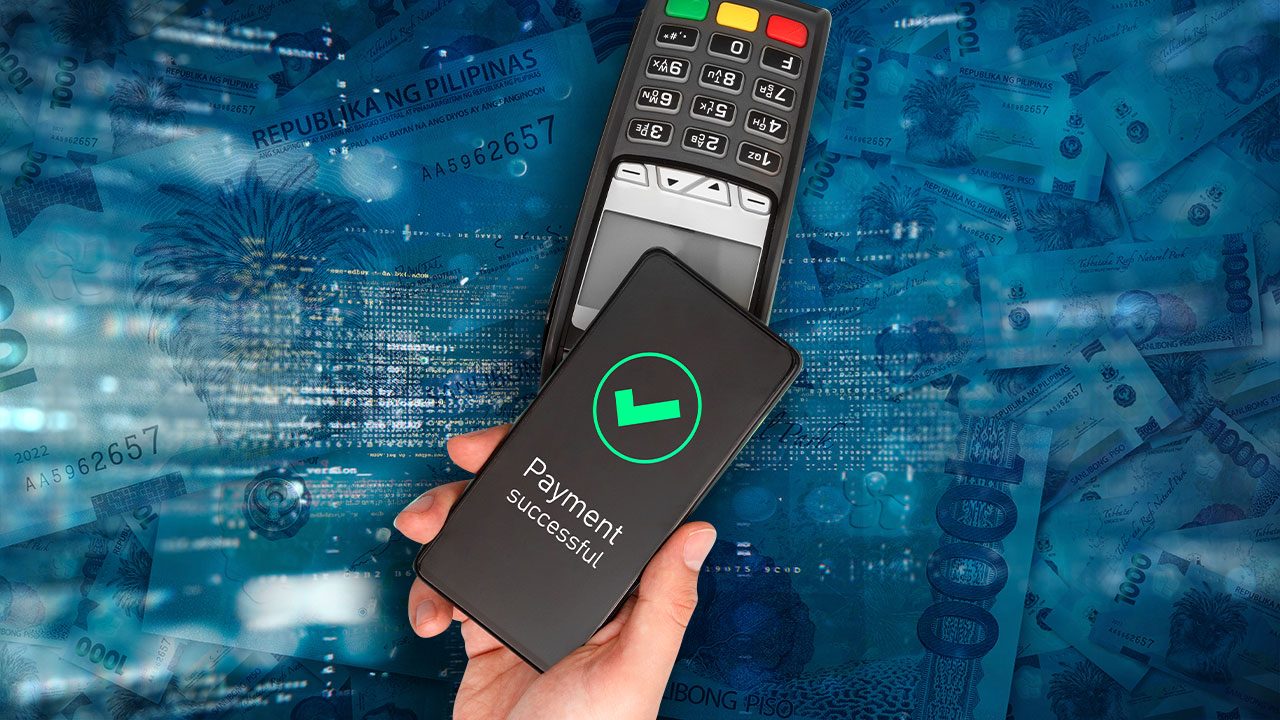
MANILA, Philippines – Inclusive instant payment system Higala aims to connect rural banks, thrift banks, and microfinance institutions to a payment network that has historically left them excluded.
The Philippines has more than 300 rural banks dotted all over the country, but only 18 of these are included in the InstaPay network, which is the country’s most popular way to transfer money instantly. Similarly, out of the more than 40 thrift banks, only 20 are connected with InstaPay. That means although these financial institutions have gone a long way in banking the unbanked, their clients remain “underbanked,” having limited access to real-time and digital payments.
Higala, a recently launched startup, could change that as it positions itself as the “financial superhighway” that will link to these underserved financial institutions. And it plans to do this by drastically lowering the switching and on-ramp costs of the system, which serve as the biggest barriers to entry.
“We’re going to address the issue of on-ramp cost, which is prohibitive for most financial institutions like rural banks to participate in interoperable payment systems,” Higala president and chief executive officer Vice Catudio said during the payment system’s launch on Thursday, April 25.
Catudio explained that financial institutions need to invest in a number of technologies to be able to connect to InstaPay. He cited how, for instance, BPI spent tens of millions of pesos just to connect to InstaPay’s system.
“If you’re a rural bank with P50 million in capitalization, why spend that P50 million in tech when you can use it somewhere else? It’s very costly,” he said.
Lower transaction fees?
Higala’s switching fee – which is the cost per transaction – will also be much lower at less than P1, compared to the P3 under InstaPay.
“Under P1 is our goal, and we’re gonna hit it. And in addition to the under P1, on-ramp is near zero, so that everyone can participate,” said Winston Damarillo, head of Talino Venture Studios, the startup builder that worked with Higala. “If we do that, we are going to be among the cheapest in the world.”
Asked whether this means banks that adopt this technology will have lower transaction fees, Damarillo said: “We will lower their cost. It’s up to them how to charge to their customers.”
Currently, banks still charge around P8 to P25 in fees per InstaPay transaction, to cover the P3 switching cost and to recoup the massive on-ramp cost of connecting to the instant payment system. The Bangko Sentral ng Pilipinas (BSP) hasn’t allowed banks to raise these fees since December 2021 in an effort to make digital payments more affordable for all Filipinos.
In line with that, Higala could also help the central bank’s achieve its long-standing vision to remove fees on small transactions. Former BSP governor Felipe Medalla had urged banks to waive fees on small transfers in 2023. Current BSP Governor Eli Remolona Jr. also hoped to “shame” big banks into scrapping fees for transfers below P1,000.
“Making the micropayments free of charge [can] only be done if you have a low-priced switching fee to enable the financial institutions – kung hindi man libre (if it’s not free) – to offer reasonably priced financial service,” Catudio said.
Higala is targeting to onboard at least fifteen rural banks, and five banks also count as partners – universal bank RCBC and the Fintech Alliance, which includes popular e-wallets GCash and Maya. At least four financial institutions have already agreed to use Higala.
By the end of 2024, Higala is targeting to handle a level of transactions similar to 10% of InstaPay’s traffic, according to Talino chief executive officer Damarillo.
Although Higala is already live, you won’t exactly be seeing an option to use the system on your bank app. That’s because Higala is “invisible,” being the underlying technology that powers the instant payment system. Once a fund transfer is initiated, the system will automatically look for the “cheapest path” to go from bank to bank, Damarillo explained.
Talino Venture Studios and sustainable development firm Chemonics International has jointly invested between $3 to $5 million in infrastructure and cash for Higala. – Rappler.com
Add a comment
How does this make you feel?


![[Finterest] What exactly does a bank do, and how can they help you?](https://www.rappler.com/tachyon/2022/09/shutterstock-philippine-peso.jpg?resize=257%2C257&crop=329px%2C0px%2C900px%2C900px)
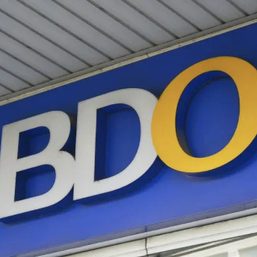
![[Finterest] End to petsa de peligro? How earned wage access can help you avoid loans](https://www.rappler.com/tachyon/2023/01/shutterstock-digital-money-lending-app.jpg?resize=257%2C257&crop=308px%2C0px%2C720px%2C720px)
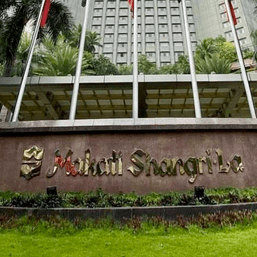
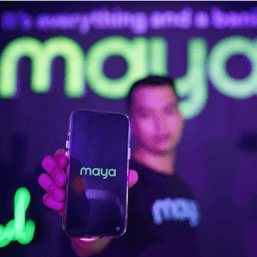
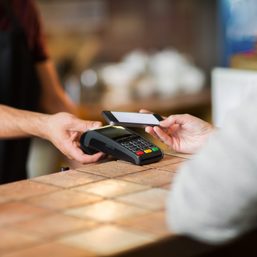
There are no comments yet. Add your comment to start the conversation.